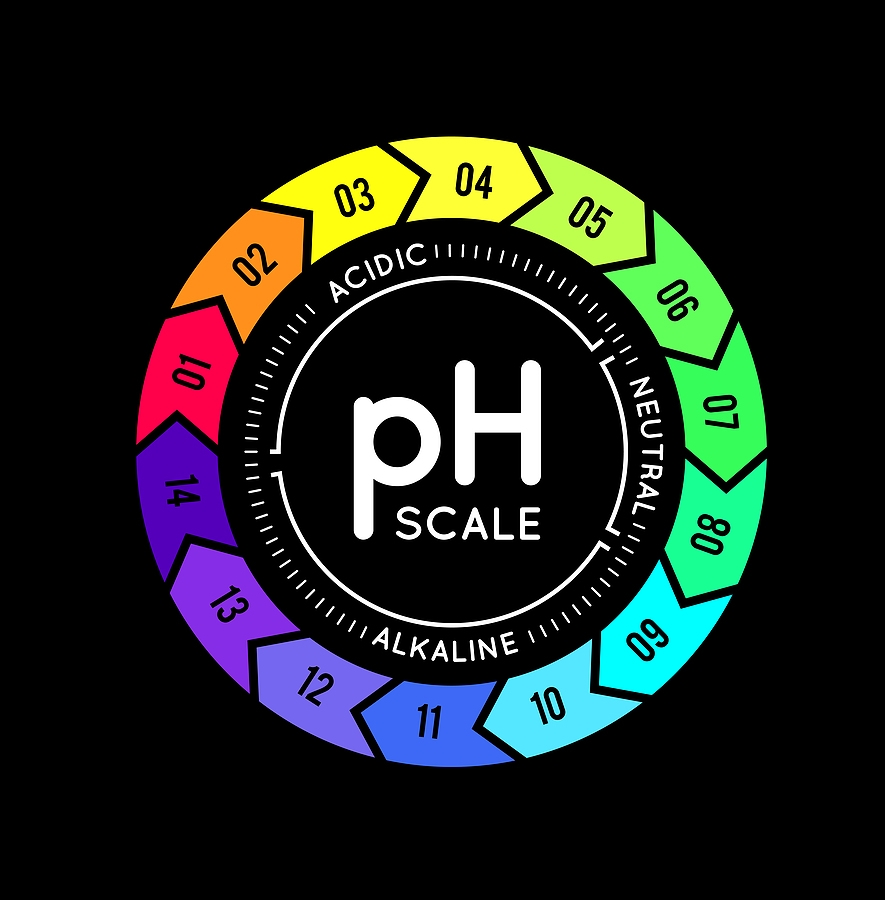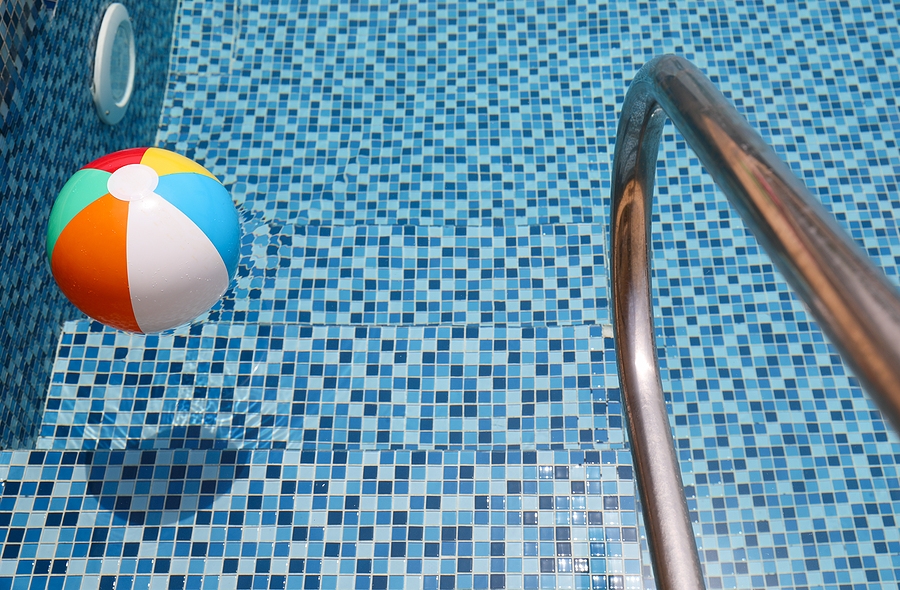Pool Service Training : The Relationship of pH And Carbon Dioxide
Maintaining proper pH levels is essential for any swimming pool. This ensures bather comfort, equipment protection, and prime pool operation. The pH level in the pool has the greatest impact on water balance. For commercial swimming pools, utilizing a carbon dioxide (CO2) system is a user-friendly method that can help maintain your pool’s pH. There is a chemical relationship between carbon dioxide (CO2) and pH that is covered in pool service training for those who have CO2 systems. If you had to boil it down to a very simple concept, the more carbon dioxide there is in a sample of water, the lower the pH level will be. This is due to the fact that carbon dioxide in part becomes carbonic acid when it comes into contact with water. The resulting carbonic acid lowers the pH.
Lower pH
There are a couple of ways of lowering the pH you’ll learn during pool service training. With a carbon dioxide (CO2) system, it can be injected into the pool water onsite. This will lower the pH, but it will not lower the alkalinity of the water. In fact, it slowly raises alkalinity over time. However, adding acid will lower both the alkalinity and the pH. The acid will convert bicarbonate into carbonic acid. In doing so, both the total and carbonate alkalinity are reduced.
Raise pH
Another thing you’ll learn during pool service training is just as increased carbon dioxide (CO2) decreases pH, increased pH levels reduce carbon dioxide (CO2). This is accomplished by using additives that have a high pH to the water like sodium carbonate, non-stabilized chlorine, or sodium bicarbonate. You can also raise pH by ‘off-gassing’ through naturally or artificially aerating the water. Natural aeration is simply letting evaporation do its job while artificial aeration uses of spa jets, infinity pool edges, and spillways. When the carbon dioxide leaves the water, the pH will rise.
What Affects Off-Gassing?
The off-gassing process can be accelerated or slowed by different conditions in the water. Higher carbonate alkalinity levels and water temperatures can accelerate the process. Increased circulation, a lower starting pH level, and increased aeration also accelerate off-gassing. On the other hand, a higher starting pH level, less aeration, decreased circulation, and colder water temperatures slow the process down.
Too Much & Too Little CO2
When too much carbon dioxide is in the pool water, the low pH level is harmful to the pool plaster and can cause etching. Too high of a pH level can cause scale buildup to form on the pool’s surface.
Award-Winning Pool Service Training
The best way to learn about residential and commercial pool care is through CPO® certification. Pool Operation Management offers award-winning CPO® certification courses to give you the most comprehensive education in everything involved with pool operation. Over a two-day pool course or during online training, our experienced professionals will not only help you get certified, but you will acquire real-world knowledge to aid you in your career of pool operation.
We also offer professional pool maintenance for both residential and commercial pools, pool operation consulting, and can even act as an expert witness in pool-related legal cases. To start your CPO® certification courses or use our many services, contact Pool Operation Management today.








